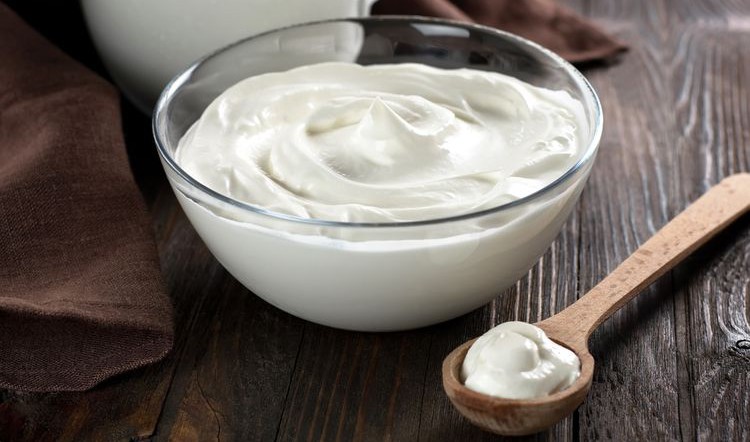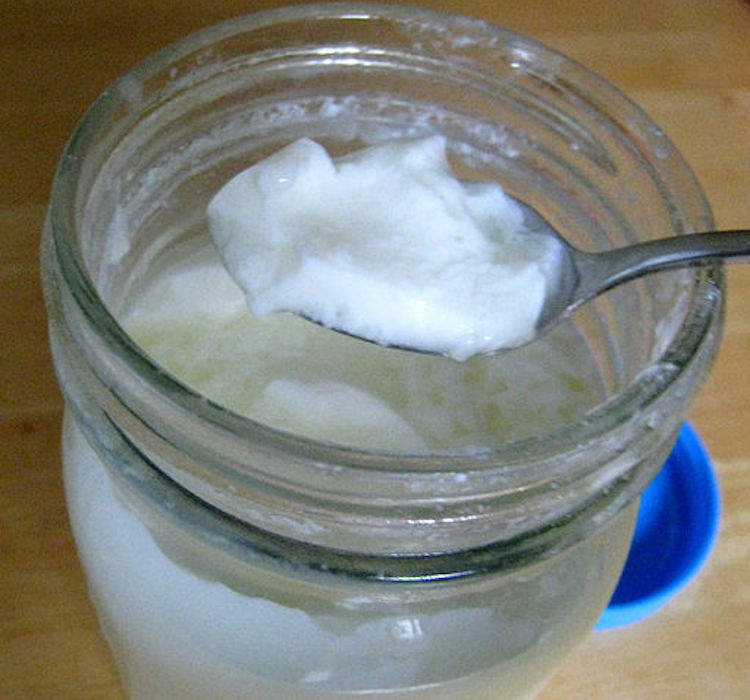How To Make Your Own Gut-Healing L.Reuteri Yogurt
You’ve probably heard all the buzz about probiotics, right? You know, the tiny microorganisms that are found in fermented foods – most commonly, in yogurt. You’ve been told they’re good for your gut health, and that you should be eating foods with probiotics daily, when possible.
You might have even heard of a special kind of yogurt, rich in probiotics, called L. reuteri yogurt that’s making waves in the health food world. But, what is L. reuteri yogurt, exactly, and where do you get it?
Reuteri yogurt is a yogurt that’s very rich in a specific strain of probiotic bacteria called – you guessed it – Lactobacillus reuteri (L. reuteri), which was identified in the 1980’s when scientists began to find it in meats, milk, and even human intestines. This bacteria is thought to:
- Aid weight loss by curbing your appetite
- Increase collagen production
- Ease symptoms of eczema
- Help prevent and treat GI tract disorders like IBS
- Help prevent and treat food hypersensitivity
But, although it’s found naturally in some humans, not everyone has it in their system, which is why it may be important to add it to your diet. As for where you can get it, the bad news is that no one actually sells L. reuteri yogurt, specifically. Reuteri bacteria aren’t traditionally used in yogurt-making, as they can be somewhat finicky to work with in mass production. The good news, though, is that you absolutely can make your own gut-healing L. reuteri yogurt at home…

What You Need To Make L. Reuteri Yogurt
Reuteri yogurt is loaded with potentially trillions of CFUs (colony-forming units, aka good bacteria) that give it its signature super-thick texture. Sometimes, it’s even thick enough to stand up on a plate, almost like cream cheese. Because of its naturally rich texture and flavor, you might even find you like it better than anything you can get at the store.
To get started, here’s everything you need to make your yogurt:
- 1 quart of organic half-and-half (you can sub in whole milk or cream, or even use goat’s milk, sheep’s milk, or canned coconut milk – more on using coconut milk in a minute)
- 1 Tbsp of inulin powder (unmodified potato starch or another prebiotic can easily be subbed in)
- 10 tablets of BioGaia Gastrus, crushed
- A large bowl, preferably glass or ceramic
- Mortar and pestle or another clean, heavy object – like a thick glass – to crush the Gastrus tablets
- A yogurt maker or Instant Pot (you can use your oven, but it’s a little tricky)
- Whisk
Once you’ve got all your ingredients and equipment, you’re ready to make your very own L. reuteri yogurt. Note: if you’re using a yogurt maker, go ahead and pre-heat it.
Make A Slurry
A slurry is a combination of some kind of starch and a small amount of liquid that more liquid is then added to, preventing the dry ingredients from clumping. First, warm your dairy or coconut milk until it’s just above room temperature. You should be able to stick your finger in it without it feeling hot. This step works best on a stovetop, but can be done in the microwave in 30 second bursts.
In your glass bowl, combine 2 Tbsp of half-and-half (or other dairy or coconut milk) with the inulin and crushed Gastrus tablets. Whisk thoroughly, but not too vigorously – you don’t want it to be foamy – until the dry ingredients are completely dissolved. Then, slowly pour in the rest of your chosen liquid, stirring to combine.
Using Coconut Milk
If you’re using coconut milk, you’ll need a tablespoon of sugar. Coconut milk doesn’t contain any lactose, so the mixture won’t be able to ferment normally. You’ll need to give it a little sugar to feed on.
No prebiotic? No problem. Just use sugar in place of the prebiotic. The healthy bacteria will consume almost all the sugar, so the final product will have very little sugar – if any.

Add The Mixture To Your Yogurt Maker
If you have a pre-heated yogurt maker, go ahead and add your mixture and let it work its magic for 6 to 8 hours. If you’re using an Instant Pot, select the yogurt setting – it should automatically be on an 8-hour timer.
When your yogurt is done, transfer it to a glass storage container to completely chill in the refrigerator. You’ll be able to store it in your fridge for up to 10 days. Your first batch may come out a little thin and curdled, but this is normal. If you set aside some of your yogurt for future batches, it’ll continue to get thicker each time.
Using Your Oven
To use your oven, pre-heat it to the lowest possible setting, and turn it off once it reads between 100 and 110°F. Consistent temperature is extremely important when making any kind of yogurt at home. Too cool, and it won’t ferment. Too hot (115°F, to be specific), and the bacteria will die.
You’ll need to heat your oven like this once every 4 hours to maintain the temperature. While this method can work for dairy, it’s not recommended for coconut milk. This isn’t the most precise method, so if you plan on making your own yogurt regularly, it might be best to invest in a yogurt maker or Instant Pot.

Yogurt Starter
One of the great things about making your own yogurt at home is that, after you make it just once, you’ll always be able to make it again so long as you have some dairy or coconut milk on hand.
To have an – almost – unlimited supply of L. reuteri yogurt, simply save a few tablespoons from each batch and add it to your warmed diary of choice (or coconut milk) and ferment as directed above. The bacteria in your starter will multiply just like your initial Gastrus tablets. You can repeat that infinitely to always have fresh, gut-friendly yogurt at your fingertips.
